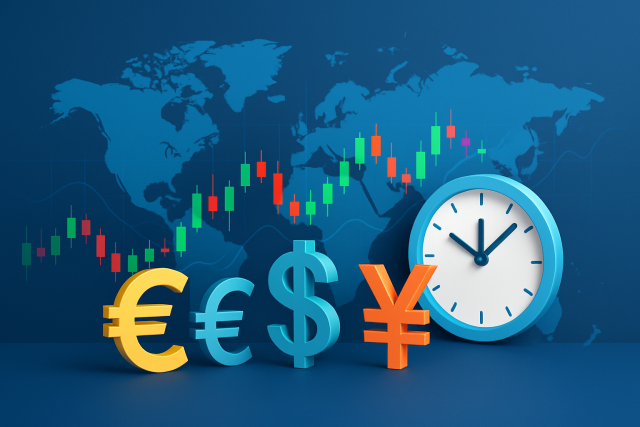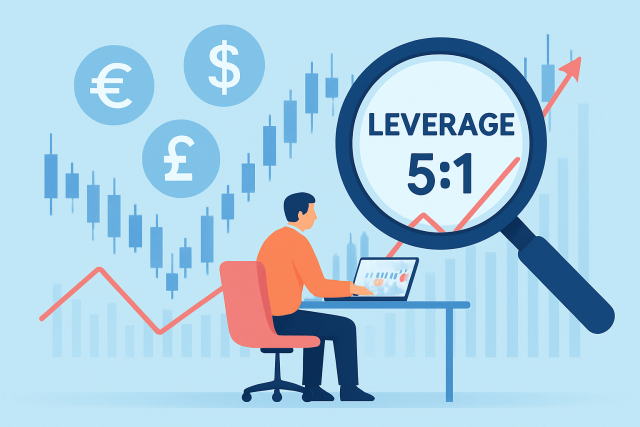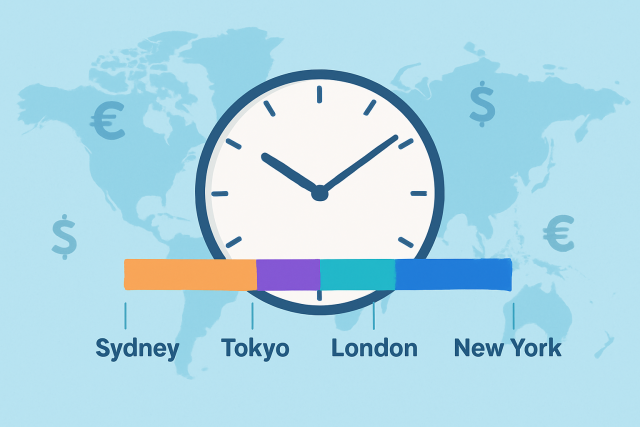
Forex For Beginners - What To Know Before You Trade?
New to forex? Discover essential insights, risks, and strategies in this beginner-friendly guide to...

If you're wondering what are pips, they're basically the bread and butter—they're the tiny units that track even the slightest nudges in currency pair prices. They reveal the smallest possible price movement a currency pair can make out there in the bustling market.
A pip, short for "percentage in point" or sometimes "price interest point" is the tiniest standardized price move a currency pair can throw at you. It usually signals a small change in the exchange rate that helps traders keep track of value shifts clearly and consistently.
Understanding pips is important because they provide a common language to gauge price changes and calculate profits and losses while keeping risk in check when trading forex. Without pips traders would be flying blind and struggling to find a consistent way to analyze their trades or compare movements across different currency pairs.
Calculating pips boils down to understanding exactly where that decimal point lands in a currency pair's price. For most pairs, one pip typically equals 0.0001 of the exchange rate. Pairs involving the Japanese yen like to play by different rules. When it comes to the actual dollar value of each pip, it really hinges on your trade size and the currency your account is held in.
Imagine you jump in and buy the EUR/USD currency pair at 1.1200 then later sell it at 1.1250. That little gap between the prices—0.0050—translates to 50 pips because each pip is 0.0001. If you went for one standard lot (100,000 units), each pip typically nets you around $10. Do the math and a 50-pip move means you have just bagged a cool $500. The exact figures can shift depending on your lot size and the currency pair you’re dealing with.
| Currency Pair | Entry Price | Exit Price | Pip Difference | Lot Size | Profit/Loss ($) |
|---|---|---|---|---|---|
| EUR/USD | 1.1200 | 1.1250 | 50 | 1 Standard Lot (100,000 units) | A neat $500 gain, not too shabby! |
| GBP/USD | 1.3100 | 1.3080 | -20 | 0.5 Lot (50,000 units) | A slight dip here, ending with a $100 loss — happens to the best of us. |
| USD/JPY | 110.00 | 110.50 | 50 | 1 Standard Lot | Roughly $455 in the pocket, give or take a few cents. |
| AUD/USD | 0.7000 | 0.7055 | 55 | 2 Mini Lots (20,000 units) | A respectable $220 profit, all things considered. |
Forex trading has definitely evolved over the years and these days brokers toss in fractional pips or pipettes as they’re called. This nifty detail lets traders catch even the tiniest price movements, tighten spreads and nail down more precise trade execution.
New traders often get tangled up in the whole pip thing, mixing up pip value with the actual profits from their trades. It’s an easy trap to fall into, especially since many overlook how the lot size or the specific currency pair can really shake up a pip’s worth. Some even assume all pips carry the same weight across different markets, which couldn’t be further from the truth.
Pips are kind of like centimeters when you’re measuring distance – the unit itself doesn’t budge, but the total length really depends on how long your ruler happens to be. In a similar vein, pips are a fixed unit, yet how much cash they actually stand for can shift depending on the size of your trade. It’s a little nuance that’s easy to overlook until you’re right in the thick of it.
Absolutely fundamental. These tiny units might seem small, but they pack a mighty punch when it comes to shaping your trading strategies and keeping risk in check. It’s often the little things, like pips, that can make all the difference between a solid plan and one that’s just winging it. So, buckle up as we explore how pips quietly rule the roost in managing your trades and steering risks away.
Pips play a important role when it comes to nailing down entry and exit points as well as setting stop losses and take profits. They’re your trusty sidekick in managing risk throughout a trading plan. Seasoned traders often rely on pip calculations to sync their strategies with market volatility and their personal risk thresholds in the pursuit of smoother and more consistent results.
Today’s traders are spoiled for choice with a variety of handy tools that make tracking and calculating what are pips feel like a walk in the park. Pip calculators handle the nitty-gritty of figuring out the monetary value of price swings by considering lot sizes and currency pairs—no more head-scratching over math. Many forex trading platforms have built-in features that let you keep a sharp eye on your pips and risk levels as the market moves. Take TradingView for instance. It combines slick charting tools, technical indicators, social networking and market data in one place, making it easier for traders to zoom in on details and manage pips with spot-on accuracy across their trades.

Illustration of currency pairs, pip measurements, and forex charts demonstrating the concept of pips in trading
Are you tired of juggling multiple tools for your trading needs? TradingView is the all-in-one platform that streamlines your analysis and decision-making.
With its powerful charting capabilities, real-time data, and vibrant community, TradingView empowers traders like you to stay ahead of the market. Join thousands who trust TradingView for their trading success.
Elevate your trading game with TradingView, the ultimate platform for technical analysis and market insights. Gain access to advanced charting tools, real-time data, and a vibrant community of traders worldwide. Discover new opportunities and refine your strategies today.
27 articles published
With 20 years experience in commodity trading, Jasper provides insights into energy markets, precious metals, and agricultural futures with a focus on macroeconomic trends.
Read Posts
New to forex? Discover essential insights, risks, and strategies in this beginner-friendly guide to...

Leverage in forex allows traders to amplify their market exposure with limited capital. Understand h...

Discover how forex market opening hours shape trading strategies worldwide. Learn the key sessions,...

Leverage in forex lets traders control bigger positions with less capital. Learn how it works, its r...
